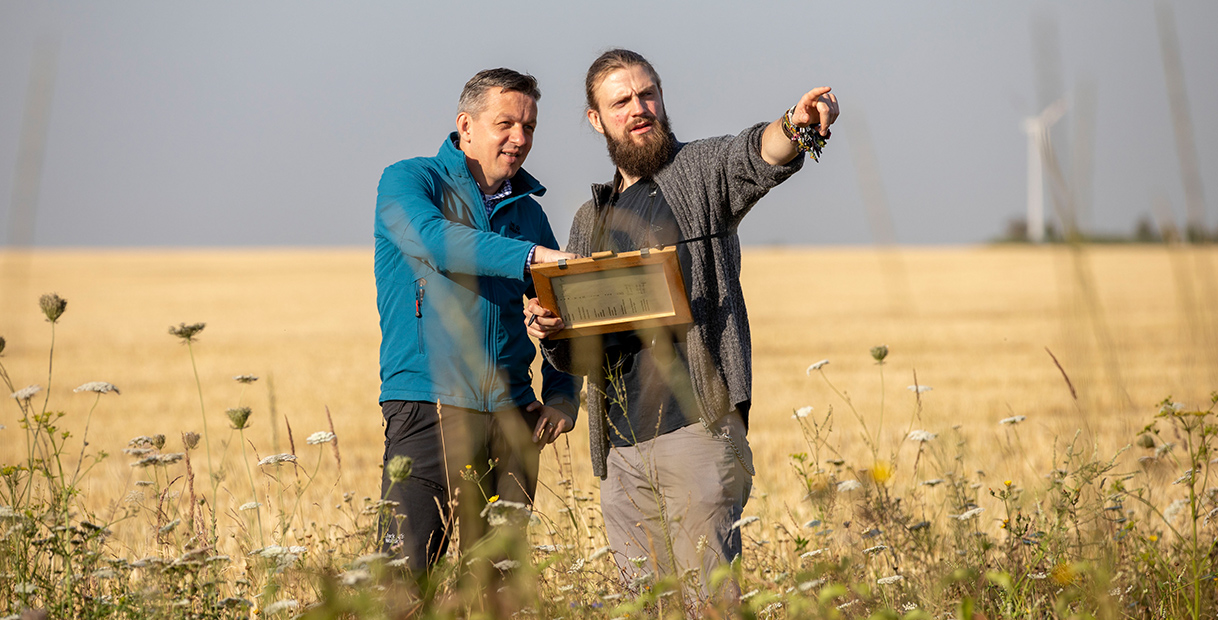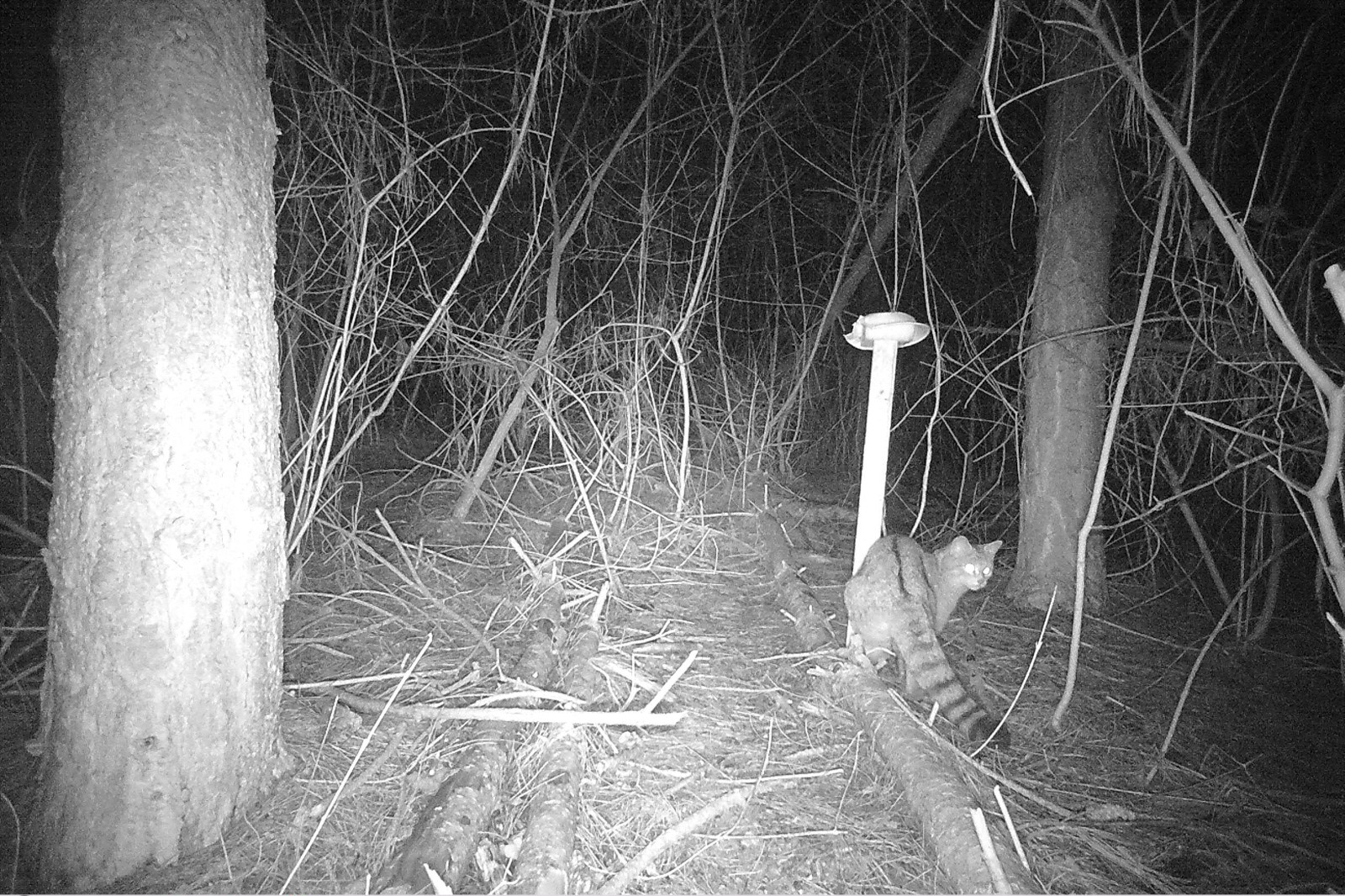Publications
Eßer, G. (2022): Rehabilitation and species protection at the Hambach opencast mine (German)
Eßer, G. (2021): Ecological recultivation of the Hambach opencast mine – the Sophienhöhe (German)
Marx, H. et al (2018): Rehabilitation and species protection at the Hambach opencast mine (German)
Eßer, G. et al (2017): Manual on recultivation in the Rhenish lignite mining area - Part I (German)
Eßer, G. et al (2017): Manual on recultivation in the Rhenish lignite mining area - Part II (German)

























